Meet The Gentle Giant in Blue: The Blue-Nosed Pitbull

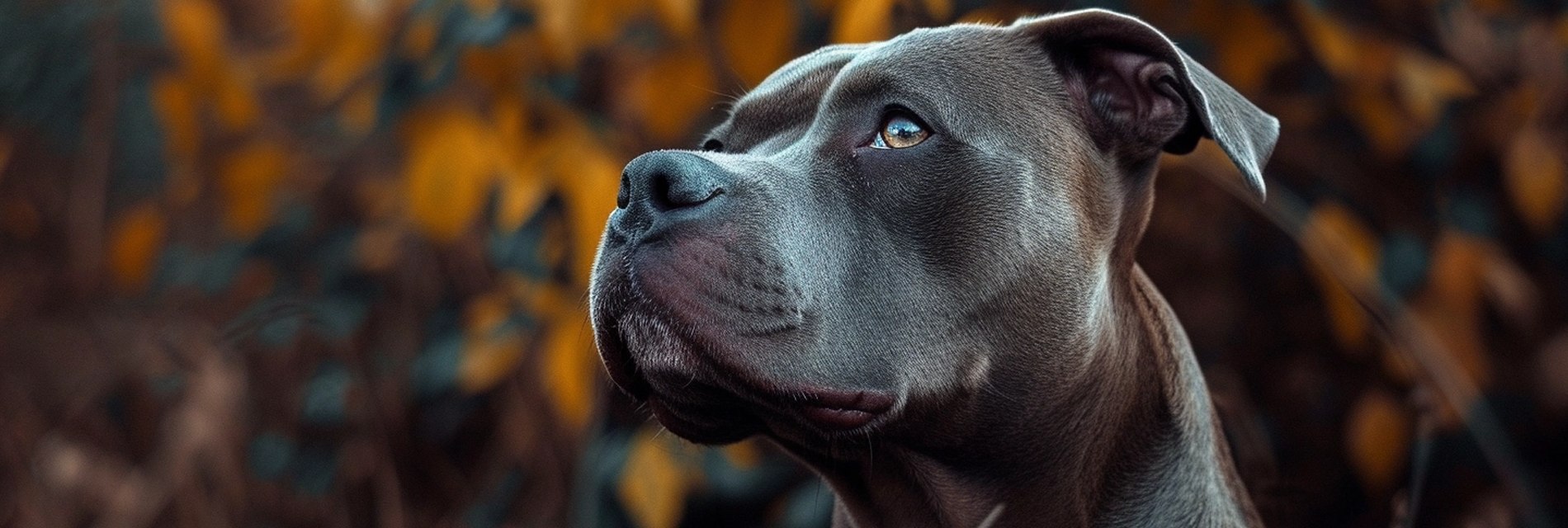
The Blue Nosed Pitbull, with its striking bluish-gray coat and distinctive nose, has captured the hearts of many dog lovers around the world. But beyond the eye-catching looks, these loyal companions have a lot to offer.
If you’re considering welcoming a Blue Nose Pitbull into your life or are simply curious about this unique canine, this article is for you. We’ll delve into everything you need to know, from their fascinating origins and temperament to their specific care needs. So, get ready to meet the Blue-nosed Pitbull.
Origin and History of Blue-Nosed Pitbull
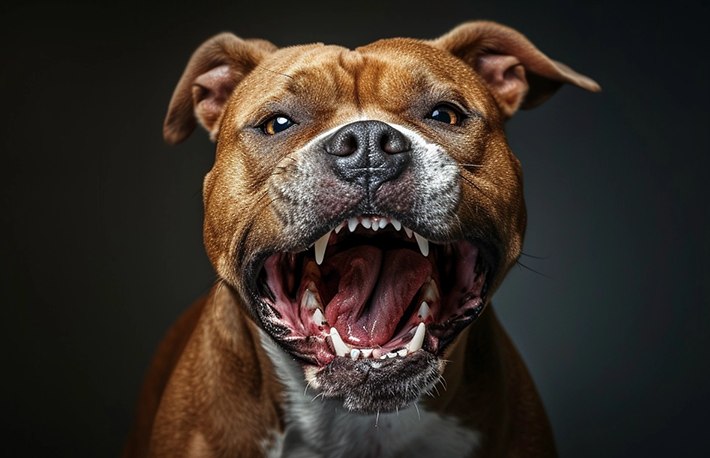
The Blue Nosed Pitbull is not a separate breed. Instead, it is a color variation within the well-recognized American Pit Bull Terrier. Consequently, the Blue Nosed Pitbull does not have a separate origin story. Rather, its origin and history are the same as that of an American Pitbull Terrier (APBT)
The ancestors of the modern American Pit Bull Terrier were related to the British Bull Terrier. This was a 19th-century dog breed that was obtained by crossbreeding the powerful Old English Bulldog with the agile Old English Terrier,
These dogs were breed for their strength and agility, and the resultant dog breed came to be known for both strength and athleticism. They were used for blood sports like bull and bear baiting, which were a popular form of entertainment in England in the early 1800s.
Arrival in America…
Immigrants brought these Bull and Terrier dogs to the United States around the 1860s. Since blood sports were already outlawed in many areas in America, these dogs were instead used for hunting, guarding, and working on farms. After the American Civil War, the name “American” Pit Bull Terrier was adopted to distinguish them from their British counterparts.
But unfortunately, some individuals still use American Pit Bull Terriers for illegal dog fighting. This created a negative stereotype about the breed despite their history as working dogs.
The breed was first recognized by the United Kennel Club in 1898 as the American Pit Bull Terrier. However, in the 1930s, the American Kennel Club (AKC) changed its name to Staffordshire Terrier. This was to distinguish it from the American Pit Bull Terrier, which was known for its involvement in illegal dogfighting.
Blue-Nosed Pitbull At A Glance
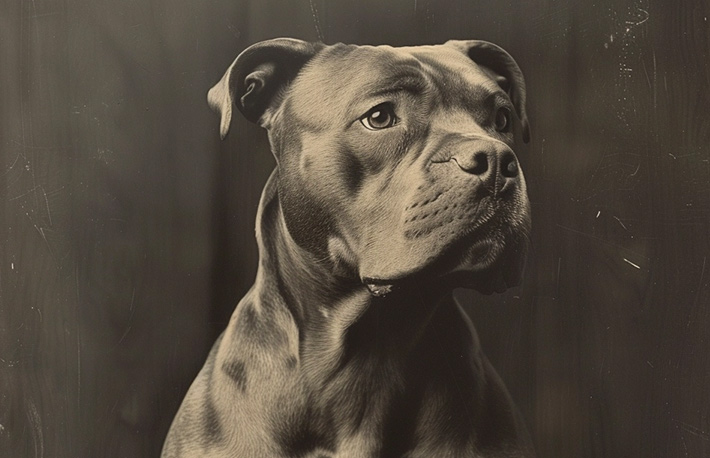
Here are some quick facts about the Blue Nosed Pitbull dog breed:
| Category | Beed Facts |
| Breed Group | Terrier |
| Height | 18-21 inches (males) 17-20 inches (females) |
| Weight | 35-60 pounds (males) 30-50 pounds (females) |
| Lifespan | 8-15 years |
| Temperament | Gentle, Affectionate, and Playful but can be strong-willed at times |
| Coat Type and Coat length | Short, smooth, and single-coat |
| Shedding Level | Moderate |
| Energy Level | Medium |
| Training Difficulty Level | Easy to train |
Blue-Nosed Pitbull Breed Overview
Now that you know about the origin and history of the Blue-nosed Pitbull, read on to learn about the physical and characteristic traits, grooming needs, training and exercise, health issues, and nutrition needs.
Physical Traits
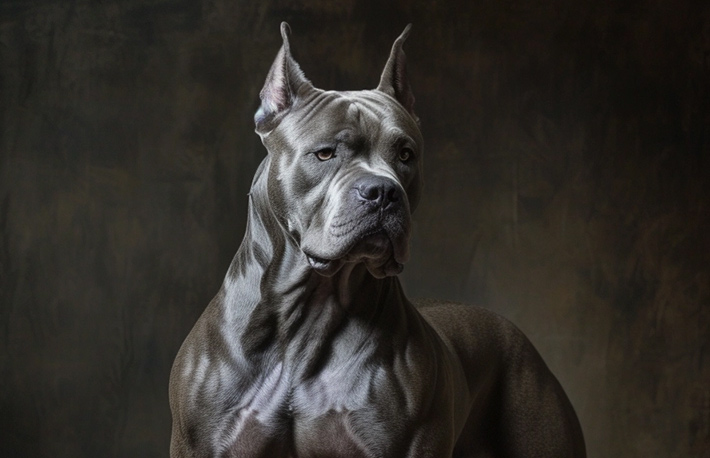
The Blue Nosed Pitbull is a medium-sized breed with a muscular and athletic build, and a broad angular face with small blue eyes and a short muzzle. Their stocky, muscular physique reflects their heritage as working dogs, showcasing both strength and agility.
It stands between 17-21 inches tall and weighs between 30 to 60 pounds for females and 35 to 65 pounds for males. The most distinguishing feature is their silver/grayish-blue coat, which comes from a recessive gene. Sometimes, they also have white or brindle markings on and around their feet, chest, eyes and nose. But what truly sets this breed apart is their blue-gray nose, matching their coat color.
Its grayish-blue hue is a result of selective breeding. This coloration is caused by a diluted gene that affects the pigment in the nose, eyes, and coat. The Blue Nosed Pitbull is actually a variation of the American Pit Bull Terrier. Aside from the gray-blue coat, their coat comes in a range of colors, including black, red, fawn, and brindle.
However, the blue color is a rare variation and therefore the most sought-after. Hence, blue-nosed Pitbull puppies can command a higher price than any other coat color of American Pitbull Terrier. Though their color is very similar to other Pitbull like Red Nose Pitbull.
Characteristic Traits
Despite their reputation for being aggressive, blue-nosed pit bulls are known for their affectionate and loyal nature. They are also gentle and mild-mannered, form strong bonds with their families, and make devoted companions.
They carry themselves with confidence and self-assuredness, but they also have a playful and goofy side, which adds charm to their personality.
In addition, Blue-Nose pit bulls exhibit sharp intelligence and are eager to learn. This is one of the reasons that makes them responsive to training.
Grooming Needs
The Blue Nosed Pitbull has a short, smooth coat that sheds moderately throughout the year. To keep their coat healthy and shiny, they require weekly brushing with a soft-bristled brush or a grooming mitt. Bathing is only necessary when they get visibly dirty or every 2-3 months.
One important aspect of the Blue Nosed Pitbull is its tendency to develop skin allergies. This is due to their sensitive skin, and it is essential to use a hypoallergenic shampoo when bathing them. Regularly checking for any signs of skin irritation or inflammation is also crucial to keep them comfortable and healthy.
Training and Exercise
The Blue Nosed Pitbull is a highly intelligent breed and requires plenty of mental and physical exercise. Without adequate stimulation, they can become bored and develop destructive behaviors. Therefore, it is essential to provide them with daily walks, runs, and playtime to keep them mentally and physically stimulated.
Training is also crucial for this breed, especially since they have a strong prey drive. Early socialization and obedience training are essential to prevent them from becoming aggressive towards other animals. Positive reinforcement techniques are highly recommended as this breed responds well to praise and rewards rather than harsh punishments.
Lifespan and Health Issues
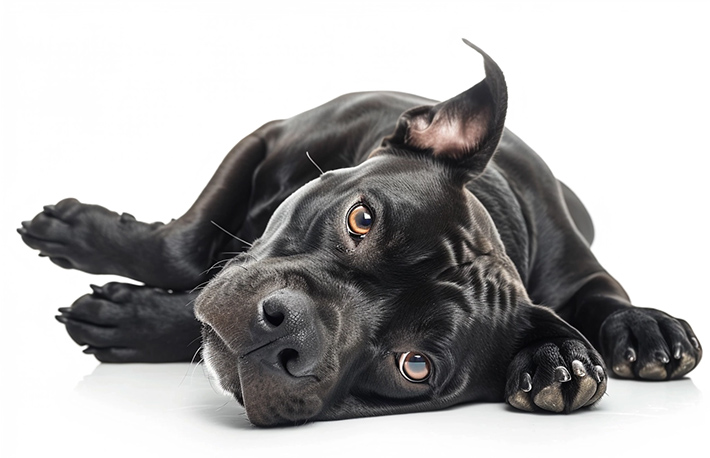
The Blue-Nosed Pitbull has an average lifespan of around 10-15 years. Like any other types of dog breed, the Blue Nosed Pitbull is prone to certain health issues. We have discussed in detail some of the common health issues that impact the American Pit Bull Terrier.
Allergies
American Pit Bull Terriers can be prone to various allergies, including food allergies, environmental allergies (such as pollen or dust mites), and contact allergies (such as reactions to certain fabrics or cleaning products). Some of the common symptoms of skin allergies in dogs are red, inflamed skin, itchy ears, itchy running eyes, constant licking, diarrhea, vomiting, chronic ear infections, and in severe cases, hives and swelling of the face, ears, lips, eyelids, or earflaps.
Allergies can cause itching, skin irritation, hair loss, and ear infections. It can also lead to secondary skin infections, hair loss, and hot spots. Diagnosing allergies in dogs is typically done through veterinary examination first and allergy testing, second.
Treatment generally involves identifying and avoiding allergens, flea control, dietary changes, medications like antihistamines or steroids, and regular bathing to remove allergens from the skin.
Hip Dysplasia
This is a genetic condition that affects the hip joints, particularly in medium to large breeds. It occurs when the bones in the hip joint don’t develop properly, leading to instability, inflammation, and eventually arthritis. While genetics play a significant role, other factors such as excessive growth rate, improper weight, unbalanced nutrition, and exercise choices can magnify this genetic condition.
Hip dysplasia can cause pain, lameness, arthritis, and difficulty in walking. It can be diagnosed through X-rays. There is no cure, but the condition can be managed with treatment options such as medication, weight management, physical therapy, and, in severe cases, surgery. The condition also typically affects puppies between 5 and 18 months (about 1 and a half years) old. Therefore, feeding puppies food formulated for large breed growth can help prevent excessive growth that contributes to joint conditions.
Skin Infections
Due to their short coat and sometimes sensitive skin, Pit Bulls can be susceptible to various skin infections caused by bacteria, fungi, or parasites. It can also be caused due to excessive licking, chewing or scratching due to allergies. Common skin infections include bacterial pyoderma, fungal infections (such as ringworm), Yeast dermatitis caused by the fungus Malassezia Pachydermatis and mange caused by mites.
These infections can cause crusty skin, itching, redness, hair loss, and skin lesions. The first step to treating a skin infection in dogs is identifying the root cause. Some of the common underlying factors include allergies, parasites, or poor grooming practices. Treatment usually involves topical antibiotics such as mupirocin and systemic antibiotics in more severe cases.
Cataracts:
This eye condition occurs when the lens of the eye becomes cloudy, obstructing light from entering. The cloudiness is caused by proteins clumping together within the lens. Just like us, our dogs also develop cataracts as they age. Cataracts can start small and grow larger over time, potentially leading to complete blindness.
There are several causes of cataracts in dogs, such as inheritance, age, eye injuries and health issues like Diabetes Mellitus. The most obvious symptom of cataract in dogs is cloudy appearance in one or both eyes. But apart from that, dogs with cataract may exhibit behavioral changes such as becoming more hesitant in dim or low-light conditions, appearing disoriented due to impaired vision and bumping into objects.
Some other symptoms of cataracts that you should watch out for include: a change in color of the eye pupil and an increase in squinting or eye blinking.
If left untreated, cataract in dogs can lead to complete blindness. Hence early detection and intervention are crucial. Veterinarians use several methods to diagnose cataract in dogs. These include blood tests and a thorough eye examination.
Obesity:
As per AKC, blue-nosed Pitbull are at risk of obesity, which can cause a range of medical issues and shorten their lifespan. This includes heart disease, cancer, respiratory disorders, joint problems, and diabetes. Obesity in dogs can be recognized through physical signs such as abdominal sagging, and difficulty in noticing or feeling waistline, spine and ribs. Some of the behavioral signs of obesity include reluctance to walk, play or run, lagging during walks and excessive panting and tiredness.
Obesity is more common in older dogs as they lead a more sedentary lifestyle than younger dogs which leads to weight gain. Sometimes it can also be due to bad habits on the part of the owner. This includes not measuring food quantity properly resulting in overfeeding and giving table scraps.
There are several ways by which obesity in dogs can be managed and or prevented. Some of these include frequent or longer walks and feeding high quality dog food which is low in fat and high in protein and fiber.
Nutrition

Proper nutrition is crucial for the Blue Nosed Pitbull to maintain their muscular physique and overall health. A high-quality, protein-rich diet is recommended for this breed, with a balance of carbohydrates and fats.
When it comes to feeding your American Pit Bull Terrier, you can choose from an array of options. This includes dry dog food (kibble), raw dog food (typically contains raw meat, bones, organs, fruits and vegetables and fresh home cooked food.
But regardless of the type of dog food you choose, it should contain the proper ratio of nutrients needed to keep your Pit Bull strong and healthy.
The ideal ratio of nutrients are as follows:
- 35-40% High-Quality Protein
- 14-17% Animal Fat
- 20-30% Carbohydrates
- 1-1.5% Calcium
However, blue-nosed Pitbull also tend to gain weight easily which can lead to obesity. Hence it is essential to monitor their food intake. You should feed your dog twice a day in controlled amounts and avoid free feeding.
As with any dog breed, it is essential to consult a veterinarian to determine the best diet for your Blue Nosed Pitbull. To create a diet plan for any dog, vets generally consider their age, activity level, and any existing health conditions.
Wrapping Up
In conclusion, the Blue Nosed Pitbull is a breed with a unique appearance. Despite its reputation, this breed is affectionate and loyal, making them excellent family pets. Proper care and attention, including regular exercise, grooming, and training, are essential to keeping them happy and healthy. With the right love and care, the Blue Nosed Pitbull can be a wonderful addition to any family.






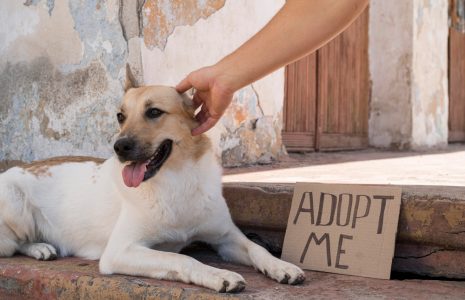

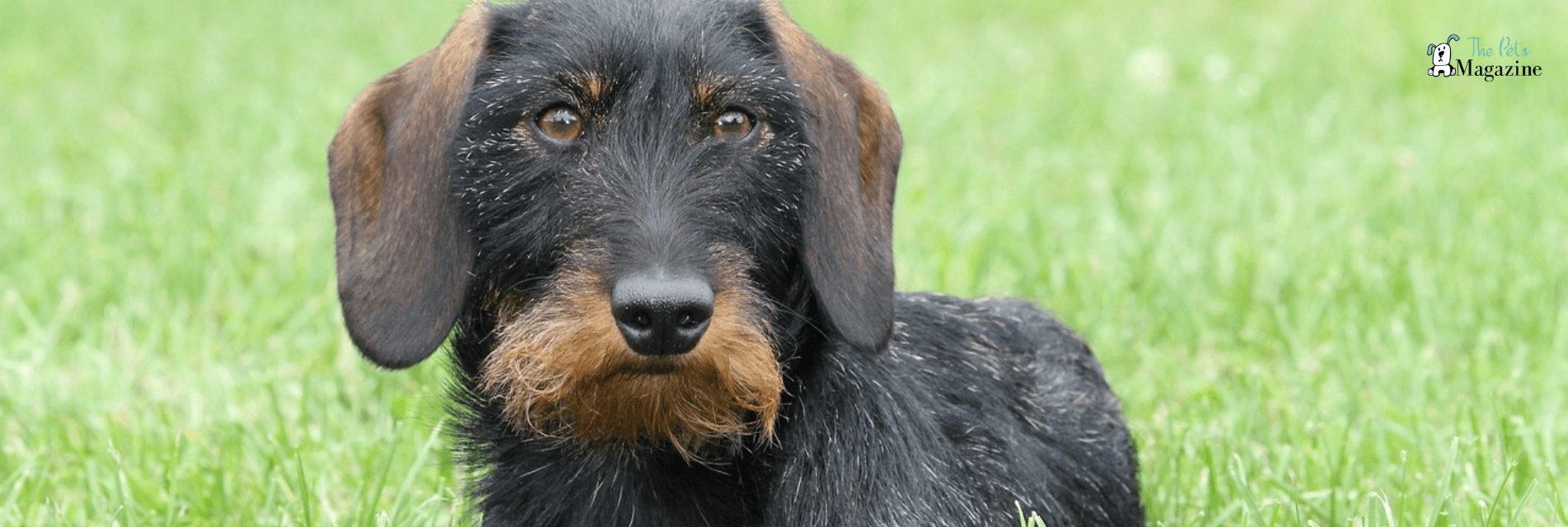
All Comments
3 June, 2024
Hello friends, good post
Reply